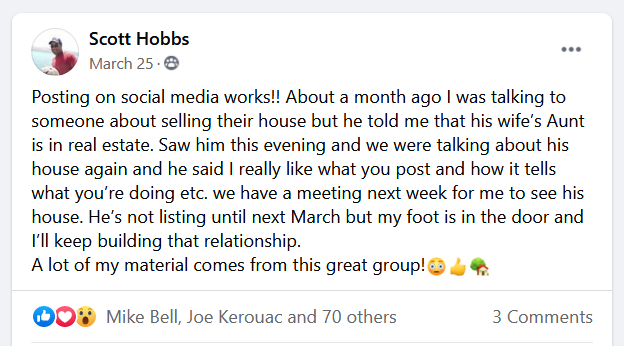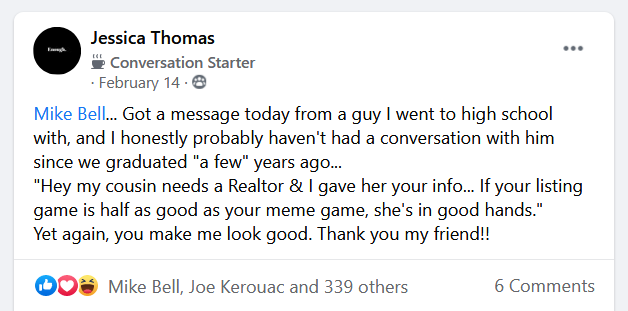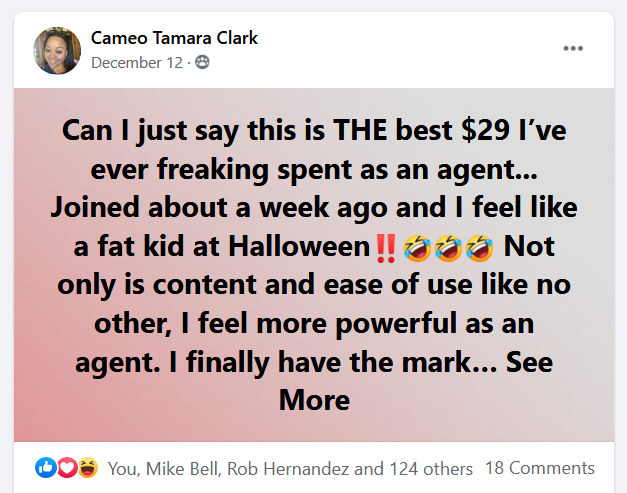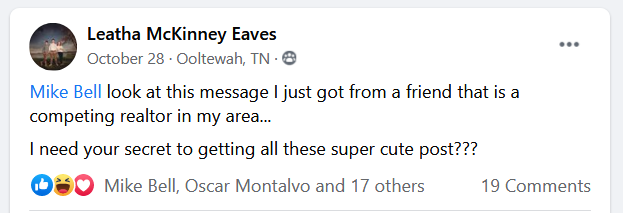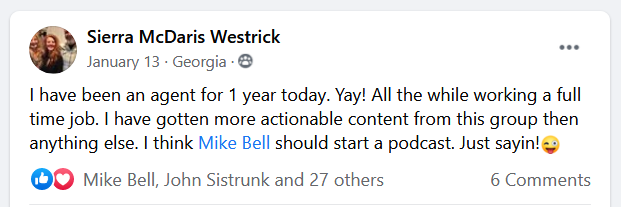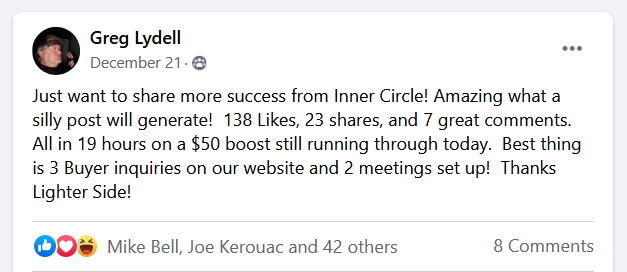
11 Specific Real Estate Niches with Prospects Just Waiting for You To Guide Them
“Let me know if you or anyone you know is thinking about buying or selling a house in the near future!” Sound familiar? Even if


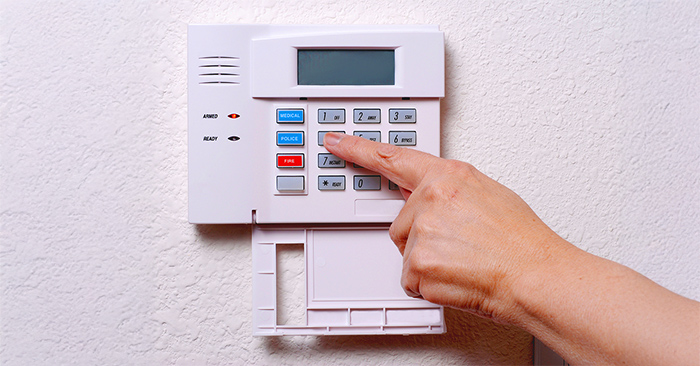
When people start imagining their next home, their “wish list” of what they want it to have usually includes things like the number of bedrooms and baths, a particular style of home, maybe a yard…or definitely not a yard for those who’d rather avoid mowing. Some buyers dream about fully updated kitchens and bathrooms, while others are perfectly happy with a fixer-upper so they can make it their own.
Having an actual list of wants and must-haves is smart. It keeps you (and the process) focused, and helps you know where you can bend and where you need to draw the line.
There are common themes, but no two lists are exactly alike. Even couples buying together often have wildly different visions—which is one of the many reasons why real estate agents joke about being part-time therapists as they help partners negotiate their wishlists.
But one thing the vast majority of buyers agree on and tops the list of must-haves might surprise you—it’s safety.
According to a recent Redfin survey, home buyers certainly do care about things like the number of bedrooms and bathrooms, square footage, or a spacious yard:
But surprisingly, the two features that rise to the very top are less about the house itself and more about the world around it.
Personal safety is non-negotiable for 78% of buyers, and 74% say they won’t compromise on living in a low-crime area. Even though the percentages are close, they represent slightly different concerns—one is about how safe you feel inside your home, and the other is about the environment around it—but together they anchor almost every decision buyers make.
In other words, while a shiny kitchen or a backyard pool is nice, most buyers aren’t willing to overlook a neighborhood that feels unsafe or a home that doesn’t protect their well-being. And the numbers show that when making tough compromises, safety and crime consistently outrank nearly everything else on a typical wishlist.
When you’re house-hunting, it’s natural to want to know if a neighborhood is “safe” or “good,” and many buyers will ask their agents if an area is or not. However, if you ask, don’t be surprised if your agent seems hesitant or deflects.
The reason isn’t that they don’t know the area—it’s because they legally can’t provide that information.
While you can certainly rely on your real estate agent for a lot of help and advice, telling you whether an area is “safe” or not can be a tricky topic. For the most part, agents can’t advise you on whether or not an area or neighborhood is safe, due to rules, regulations, and liability.
For example, real estate agents are bound by the Fair Housing Act. Labeling a neighborhood as “safe” or “unsafe” could inadvertently lead to—or be interpreted as—discrimination based on race, religion, or other protected characteristics. It might even be seen as steering clients toward or away from certain areas, a practice that’s illegal under fair housing laws.
Even if agents were permitted to give their opinion on whether an area is safe, the concept is highly subjective. One person might consider a neighborhood safe based on crime statistics, while another might prioritize factors like street lighting, community engagement, or personal experiences. That subjectivity makes it hard for agents to provide consistent, objective guidance.
While they can’t directly answer whether an area is safe, agents can point you to resources so you can make an informed decision yourself. Let’s look at some of the useful things they often suggest when someone asks about neighborhood safety.
Since your agent can’t simply tell you whether an area is safe, it falls on you to do a little digging. The good news is, there are plenty of ways to get a real sense of a neighborhood before you make a decision.
Here are some practical steps you can take to assess safety for yourself:
While no single step can give you a complete picture, combining several approaches will give you a well-rounded sense of whether a neighborhood feels right for you.
Safety is one of those factors that might not make it onto your written wishlist, but it’s still likely very important to you. Starting this research early—before your full-blown home search—arms you with knowledge and a true feel for an area. That preparation can save time, reduce surprises, and help you focus on homes in neighborhoods where you really feel comfortable living.
The Takeaway:
When it comes to buying a home, what tops your wishlist might not be the fanciest kitchen or the biggest backyard—it’s feeling safe where you live. Since agents can’t directly tell you whether a neighborhood is “safe,” it’s up to you to do a little homework. From checking crime stats and visiting the area at different times, to talking with neighbors or even spending a night there, these steps help you get a real sense of a community. Starting this research early gives you confidence, saves time, and makes it easier to focus on homes in neighborhoods where you truly feel comfortable calling home.

(Shh, our secret)
Show your sphere your an expert. We have over 2100 articles covering every real estate topic your audience will love.
Position yourself as a real estate authority!
Real estate + topical events — the perfect match!
Become the bearer of good vibes!
Because hey, everyone loves to laugh!



Get our weekly email that makes communicating with your sphere on social actually enjoyable. Stay informed and entertained, for free.

“Let me know if you or anyone you know is thinking about buying or selling a house in the near future!” Sound familiar? Even if

National Days used to be few and far between and were meant to mark the occasion of something truly special worth celebrating, and a lot

It hits you like a ton of bricks the first time you hear it could take months (or even years) for a real estate lead
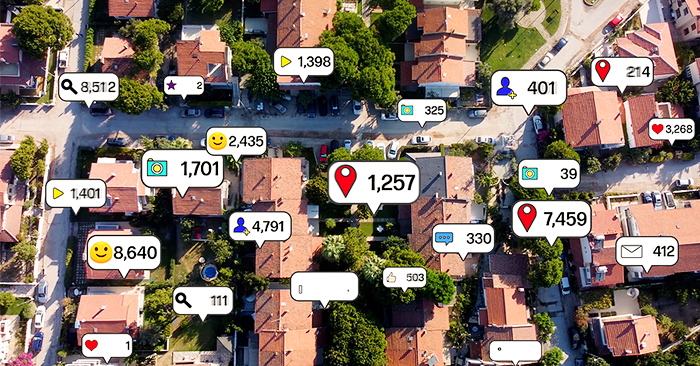
Most real estate agents use social media as a means of marketing themselves, at least to some degree. Some agents are able to build a

Question: Have you seen the postcards most agents send out? BOOOR-ING! I’m pretty sure they make the prospects sleep-walk on their way back inside the
Depending on your situation, it may not take the full 30 minutes.

This reset password link has expired. Check the latest email sent to you.




